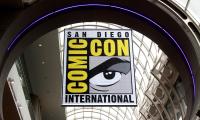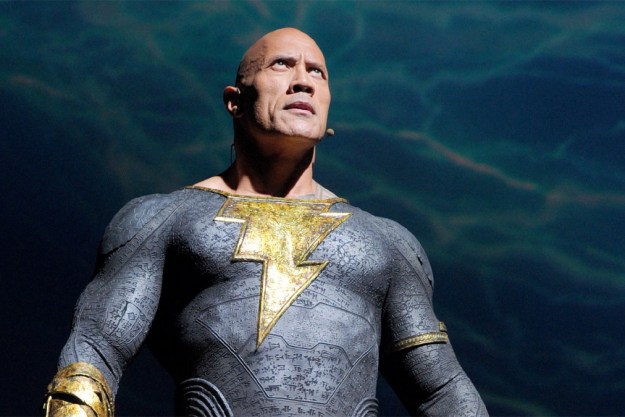“Nerds of the world unite!” These words thundered from the lips of the creators of San Diego Comic-Con more than half a century ago as they summoned their kindred spirits from across the land. The call went out to every sci-fi and fantasy lover — every comic book, dime novel, and movie-obsessed fan and collector — to begin a pilgrimage. “Our time is here,” they cried. “And the world shall tremble before what we build!”
Well, OK, maybe not exactly. But similar impulses, at least, guided the creation of the world’s most prominent geek gathering, which is back in full force in 2022 after two COVID-shuttered years, and bigger than ever (it’s completely sold out if you were hoping to join the 130,000 or so attendees). And the rallying call did work. Where once finding each other might have depended on decidedly analog means such as shortwave radio, fan mags, snail mail, and meeting in … the name escapes me … bookstores, now fans can practically beam themselves into the largest hive mind in the universe.
And if you think that hive mind hasn’t all but conquered pop culture from its humble individual origins in garages, basements, and rec rooms, well, resistance is futile because the big guests at this year’s show include corporate emissaries from Lord of the Rings, DC, Star Trek, Marvel, Dungeons and Dragons, and, well, basically every geek brand you can think of, along with a whole bunch you probably can’t.
It hasn’t even been four decades since William Shatner famously told Star Trek convention fans to “get a life” on Saturday Night Live, and now they are at the center of an ever-expanding IP universe that caters directly to them. Considering the 460,000 square feet of SDCC convention space, as well as the surrounding locales the convention has colonized — to say nothing of its global digital reach — it seems assured that such gatherings have permanently escaped basements. The world has trembled indeed, as we show in this brief history.
Humble beginnings

The Comic-Con Mission Statement, prominently displayed on the homepage, reads as follows:
“The SAN DIEGO COMIC CONVENTION (Comic-Con International) is a California Nonprofit Public Benefit Corporation organized for charitable purposes and dedicated to creating the general public’s awareness of and appreciation for comics and related popular art forms, including participation in and support of public presentations, conventions, exhibits, museums, and other public outreach activities which celebrate the historic and ongoing contribution of comics to art and culture.”
The idea that anyone felt the need to create the “general public’s awareness of and appreciation for comics and related popular art forms” seems like a hoot now. But that’s only because it’s hard to remember (or even comprehend, for those younger than 40) how quickly the entertainment world became hypermediated in the 1980s with the advent of cable, home video, and personal computers, and even more so in the 1990s via the Internet. The idea that we can all nerd out together, either at home around our devices and televisions, or virtually in forums, was barely an inkling in 1970 (except, of course, in science fiction tales), but it was the dream of SDCC’s founders, the San Diegan friends Shel Dorf, Richard Alf, Ken Krueger, Ron Graf, and Mike Towry, who wanted nothing more to bring the like-minded together.
Dorf had actually launched a comic convention in Detroit in the mid-1960s before establishing Golden State Comic-Con in 1970, which became permanently known as San Diego Comic-Con in 1973. Dorf and his friends’ love for the medium, as well as their insistence that comics were an art form worth celebrating and preserving, was shared by millions of people who were grateful to have a new space to express it.
Spreading the mission
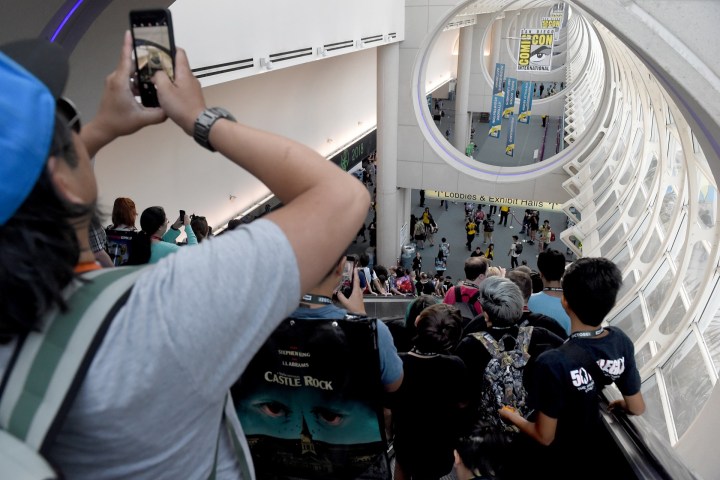
The SDCC’s stated mission seems now like an obviously noble pursuit in an age in which comic book adaptations like Joker and Black Panther have earned Best Picture nominations, and when pop culture in general has become more accepted by highbrow culture (once strictly the fancy-pants domain of literature, drama, opera, classical music, painting, sculpture, and the like). But this was far from the case historically. In 1970, the year Comic-Con launched its first iteration, comic books, pulp novels, sci-fi mags like Amazing Stories, and B sci-fi and monster movies were generally considered lowbrow and disposable. Their disreputability partly accounted for why sci-fi and fantasy fans remained somewhat underground. But those fans existed en masse, and they began to passionately organize and advocate for what they loved, as shown by the famous letter-writing campaign that brought the original Star Trek back for a third season in 1969.
Which is why it didn’t take long for attendance at Comic-Con to exponentially increase once word of its existence began to travel, from 300 attendees in August 1970, to 800 the following year, and 2,500 by 1974. Take a cursory look at some of the earliest attractions and it’s no wonder why fan interest spread so quickly. Forrest Ackerman — sci-fi fan, collector, curator, and literary agent (of Ray Bradbury, Isaac Asimov, and L. Ron Hubbard, among others) — kicked things off at the very first event. Over the next few years, Bradbury himself would appear, along with legendary Marvel Comics artist and scribe Jack Kirby, author Leigh Brackett (who later co-wrote The Empire Strikes Back), and Star Trek actors like Majel Barrett and Walter Koenig.
By the end of the ’70s, SDCC was regularly hosting 5,000 fans at each convention, typically held at the El Cortez hotel, and the guests now included big names like Stan Lee, Chuck Norris, legendary sci-fi author Robert A. Heinlein (Starship Troopers), and “Peanuts” creator Charles M. Schulz. After just a few years, the convention was well-established and on the way to global pop culture domination.
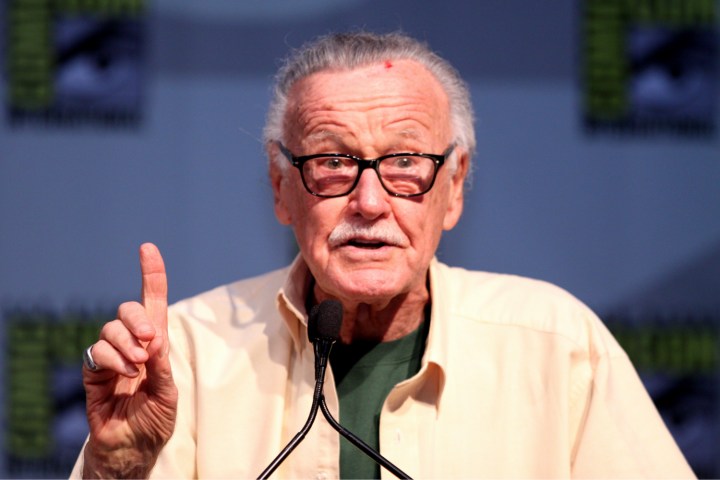
Massive growth in a global market
Attendance was steady throughout the 1980s at 5,000 to6,000 people a year, then exploded in the 1990s, increasing from 13,000 in 1990 to 42,000 in 1999. The nascent internet and its mind-boggling new organizing and communicating capabilities played a role, but so did the corporatization of popular culture — the horizontal integration of franchise content underneath the umbrellas of major corporations. Sony bought Columbia Pictures in 1989. Time Warner formed the following year. Viacom bought Paramount in 1994, and on and on.
At the same time that fans and conventions were becoming ever more sophisticated about how they organized, these new media giants were getting savvier about how they packaged content and catered to those fans. Along with theinternet, conventions — especially the mecca of SDCC — became essential hubs for a new entertainment landscape in which traditionally “nerd” and comic book properties like Star Wars, Star Trek, Batman, and Spider-Man were the crown jewels.
All of which makes the idea that the SDCC is a “California Nonprofit Public Benefit Corporation organized for charitable purposes” feel just a tad disingenuous, given all the corporate empires and billion-dollar franchises doing business on the convention floor, while also streaming their wares globally. Nerd culture has achieved what once seemed unimaginable: becoming cool, setting trends, and bending the purveyors of intellectual properties — including gigantic movie, video game, and publishing companies — to their collective will. No franchise or studio with a prayer of remaining relevant would dare thumb their nose at a collective with this much influence and purchasing power.
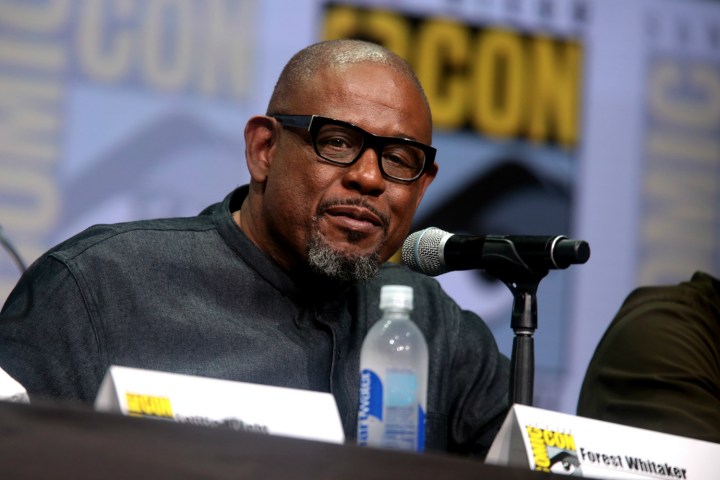
Fans are still at its heart
But while the enterprise is about profit, it’s hardly all cynical. SDCC has directed enormous revenue and exposure toward thousands of filmmakers, authors, artists, actors, and ancillary businesses without massive name brand recognition, some of whom owe their livelihoods to it. And if the idea that any of this is for “charity” provokes titters, there is at least one profound public service that SDCC, other conventions, and the increased visibility of nerd culture have provided. They have kicked open the door for much more diverse fan bases to express their love for comics and other geek material.
If Shatner’s rant in the mid-’80s SNL skit was directed at overgrown straight, white dudes, fans just a few decades later come in every creed, gender, sexual orientation, and color (sometimes even blue or green). While online nerd gatekeepers often try to enforce a lack of diversity behind closed doors, the halls of the conventions are a much different story. There’s no doubt that 130,000 people of every stripe, many of them wearing costumes, milling about and interacting in a grand bazaar of acceptance, is a profound vision for the future indeed.

It all begs one question, though. Given its global reach, the companies and brands that proliferate under its roof, as well as the staggering number of booths, tables, events, contests, exhibits, awards ceremonies, debuts, panels, presentations, and everything else that occurs there for four days each summer, is Comic-Con still about comic books?
I guess the answer to that would be … isn’t everything nowadays? It’s a little hard to believe that a medium that felt so niche four decades ago has become the Earth’s most popular form of expression. Yes, it’s mostly through movies and television now, but the same stories, characters, and worlds that graced the inked pages for the better part of a century are those that remain the most treasured. One does wonder, though, if Dorf and his fellow pioneers — most of whom have ascended to that great comic book shop in the sky — wouldn’t think that some of what they tried to preserve isn’t all that special anymore. But try telling that to millions of rabid fans.
Editors' Recommendations
- Without Marvel or big studios, San Diego Comic-Con 2023 still mattered
- The 5 best Marvel comics to read before you watch Ant-Man and the Wasp: Quantumania
- Webtoon will increase its presence at New York Comic Con
- Scary Jokers and fabulous dog killers: the best cosplays of San Diego Comic-Con 2022
- Dispatches from day 4 of San Diego Comic-Con 2022

